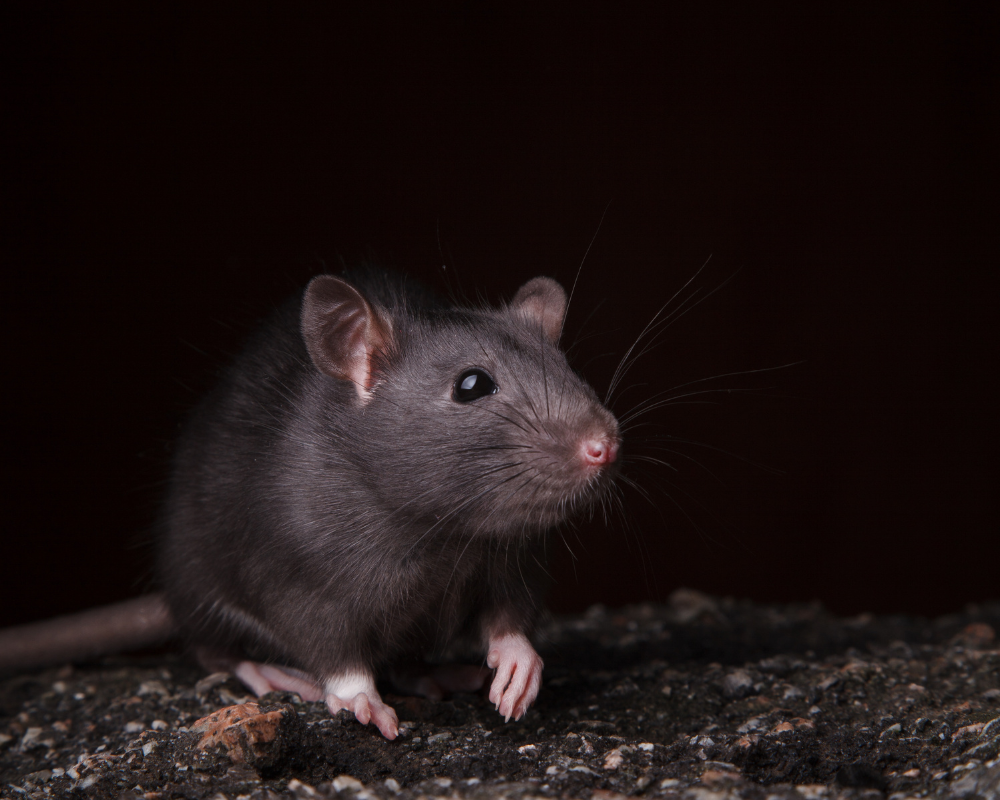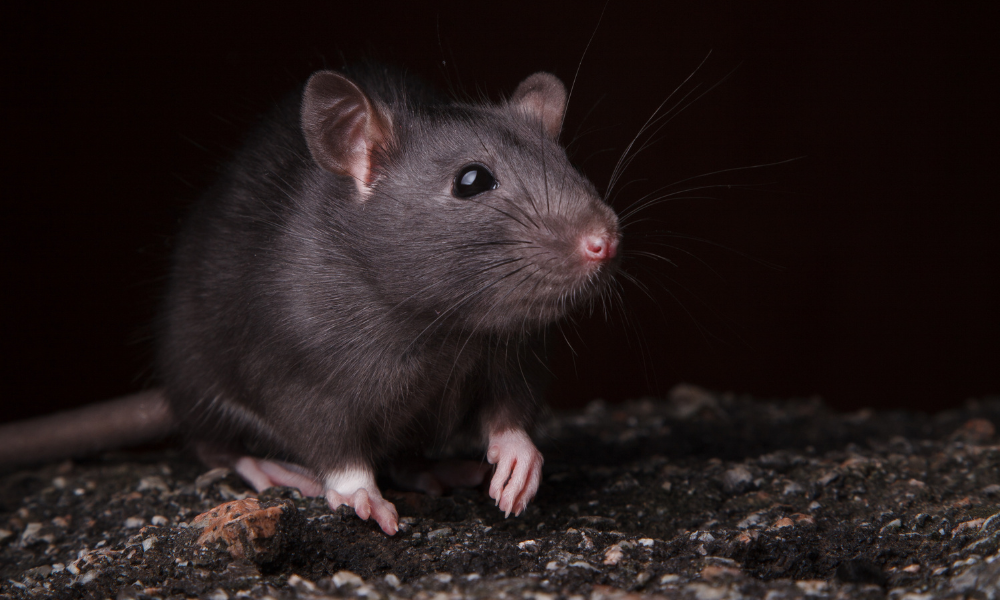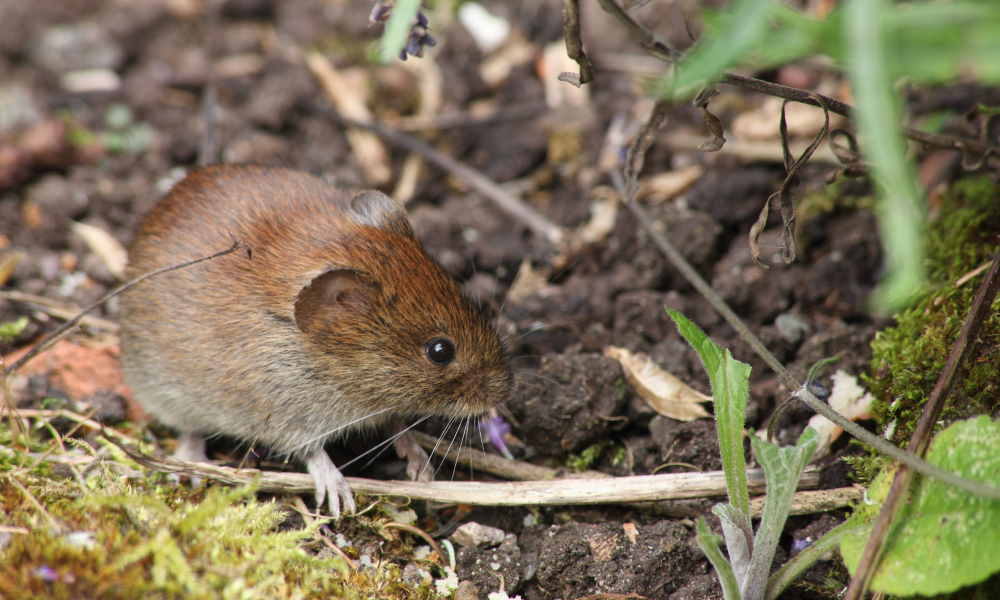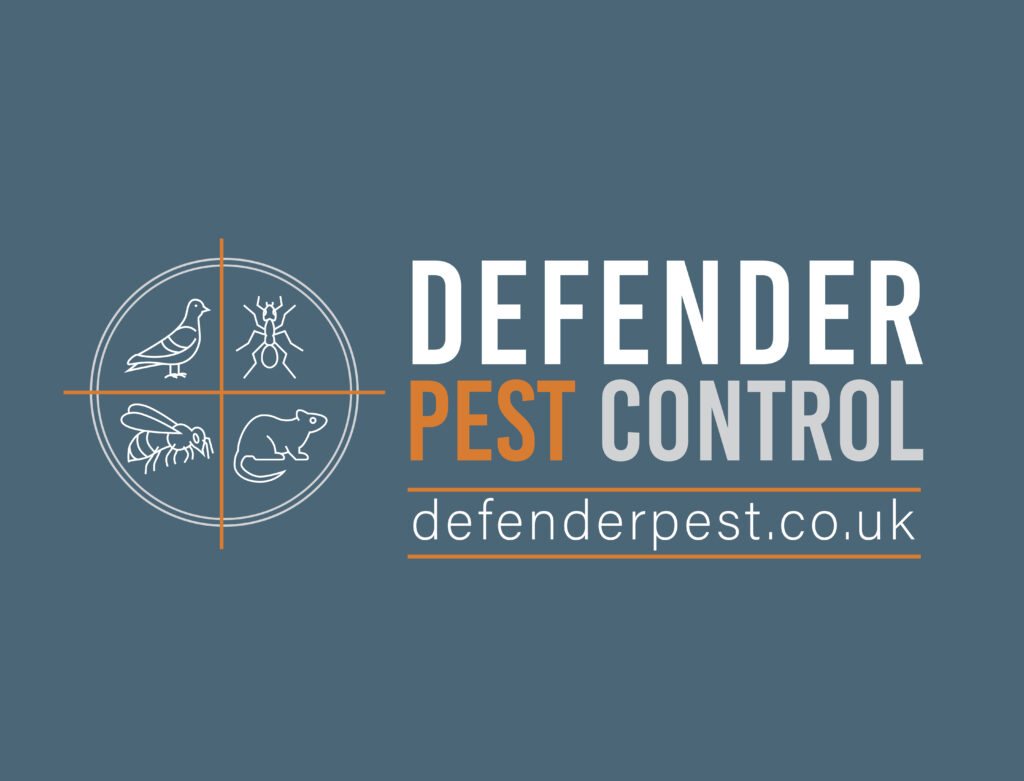Rat Control Wirral
Rats are widely considered one of the most feared pests in the world, having them in your home or business can be incredibly distressing. Perhaps you have made it to this page because you have heard some unusual scuttling, scratching, or gnawing in your property? Or maybe you, like so many others, want to know how to prevent ever coming into contact with a rat. Either way below is all you need to know about rats and any infestation you may be experiencing. And how we, at Defender Pest Control, can provide you with a prompt, guaranteed solution to all your rat problems!
We cover the Wirral and the North West.
Having rats in your home or business can have devastating effects and there are many reasons why a rat infestation needs to be controlled as soon as possible. Rats are known carriers of pathogens and diseases such as salmonella, listeria, and hantavirus these are all transmitted by their urine and rats urinate everywhere they go! Rats are also known to cause extensive damage to property whether that’s structural or electrical rats have a knack of causing all sorts of damage to a wide range of properties. Furthermore, if rats are in your business this can result in a whole host of problems such as loss of earnings, a damaged reputation and heavy costs from spoilages and damage.

And if these reasons aren’t enough
one of the most common specific phobias is musophobia which is a fear of rats. So, getting rats under control in your home or business can keep these fears at bay for all!
Rat Biology
There are two species of rat in the UK, the Brown/ Common rat (Rattus Norvegicus) and the Black/Ship rat (Rattus Rattus). It is difficult to accurately say how many rats are actually living in the UK, but it estimated to be between 10.5 million and 120 million- which is probably why the saying ‘you’re never more than 6ft away from a rat’ certainly sounds plausible!
Types of Rat

The Brown / Common Rat
The Brown/Common Rat is around 23cm in length (not including their tail), their tail is less than the length of their head and body combined, and they weigh on average 0.5kg. They have a blunt muzzle/nose, small eyes and ears and a thicker body than the Black Rat. The Brown Rat looks for a home that can provide food, water and shelter and may be found in roof spaces, wall cavities, and under floorboards. They are also found living in sewers across the UK and may burrow into grassy banks/ under sheds in garden areas. Brown Rats are impressive swimmers they can nonstop paddle for up to 72 hours and can hold their breath underwater for up to 3 minutes! They are omnivorous and are not fussy with what they eat however their preferred food is cereals they will eat around 30g of food per day.

The Black / Ship Rat
The Black Rat is around 15cm in length (not including their tail), their tail is usually longer than their head and body combined, and they weigh on average 0.25kg. They have a pointed nose, large eyes and ears and a slender body when compared to the Brown Rat. They are rarely found in the UK now but can occasionally be found in shipping ports (hence the name). They are incredibly agile and are very good climbers and may be found in roof spaces and attics, it is very rare for them to be found outdoors and they are not known to burrow. Their preferred food is moist fruits, and they will eat around 15g of food per day.
Call now for a free no obligation quote
We're looking forward to hearing from you

Click each box to learn more
Prevention
As with any pest prevention is most definitely better than a cure. Rats are one of the most feared pests so it is understandable that you may be wondering how best to protect your home or business from an infestation. Due to their impressive life cycle and breeding habits, it is very important to act fast when you notice any of the initial signs of an infestation. Below are some of our top preventative measures you can take today to protect your property for years to come:
- Proofing your property- ensuring any cracks, crevices and gaps around your property are effectively closed off to prevent rats gaining entry. Pay close attention to areas around pipes, windows, and under sheds.
- Keep your garden and property clean and clutter free- this removes the chance of rats finding a potential nesting spot.
- Drains- ensure any drain inspection covers are in good repair and any disused pipes are sealed off. This prevents brown rats entering your property from the sewer system.
- Rubbish- ensure all rubbish bins are tightly sealed, and don’t place loose food waste straight into a bin always ensure it is tightly sealed. Rats are attracted to the smell from bins so this will naturally deter them.
- Compost heap- if you have a compost heap ensure no organic food waste is included as rats will be attracted to your garden.
- Keep foodstuffs in airtight containers and ensure any spillages are cleaned up as soon as possible.






